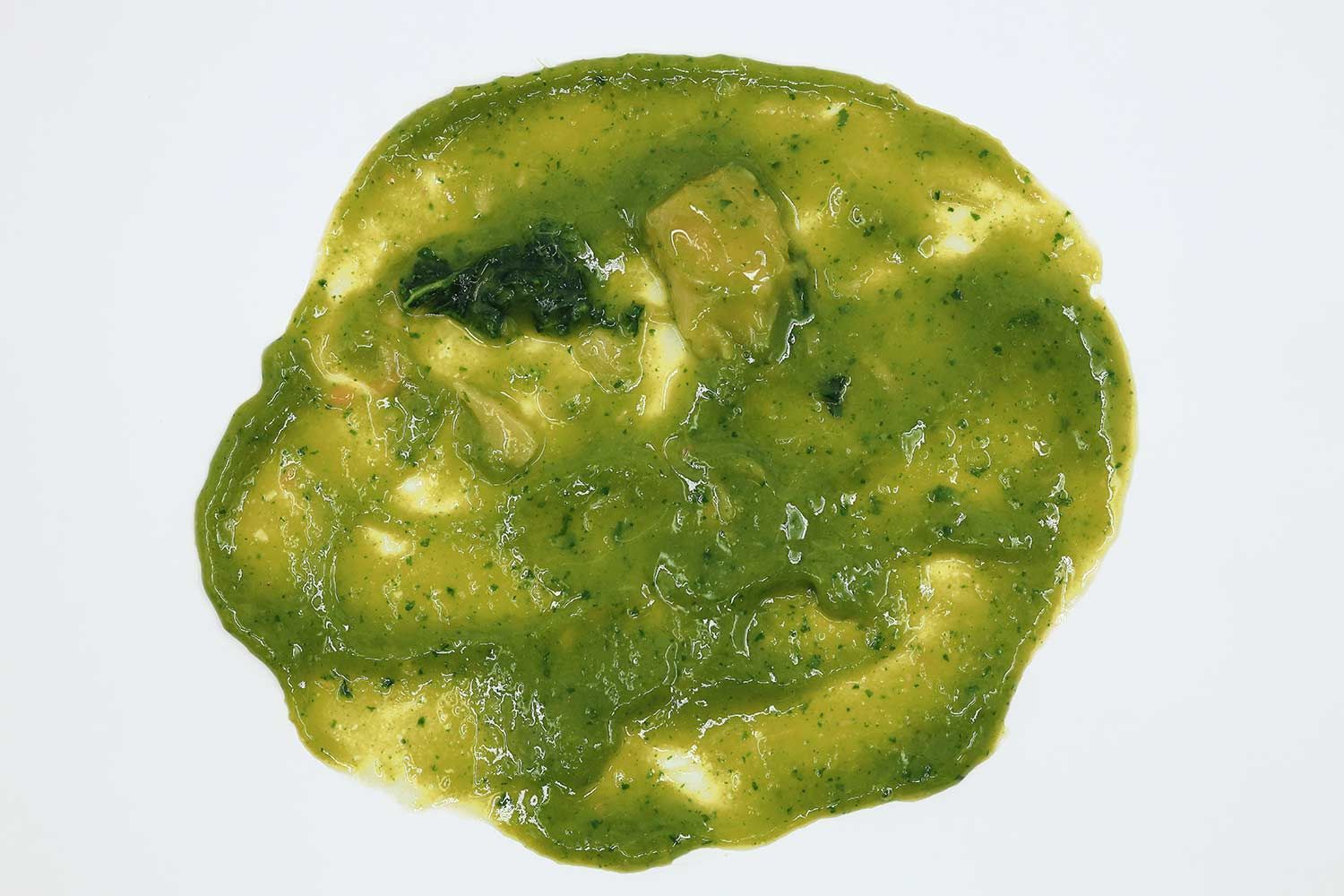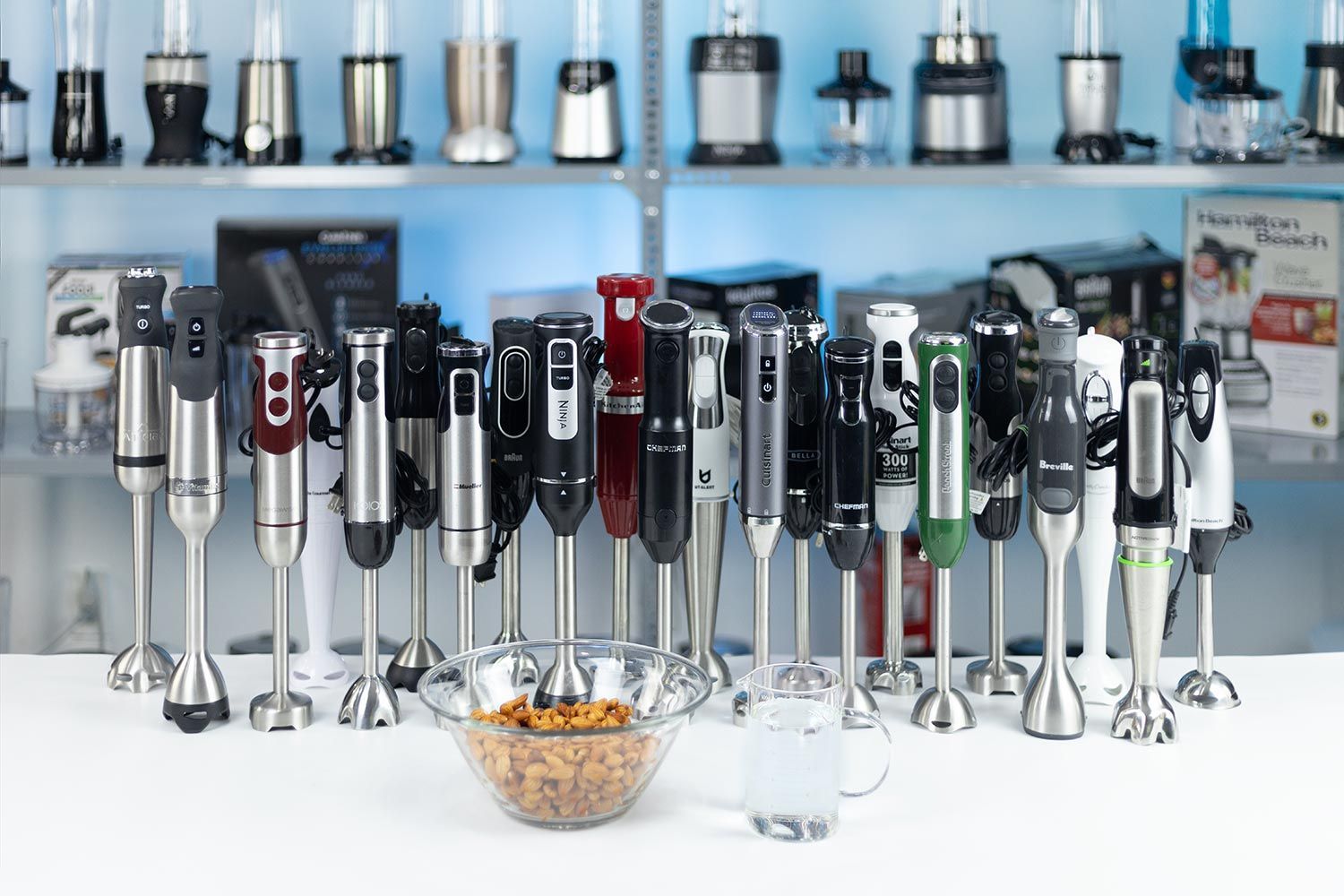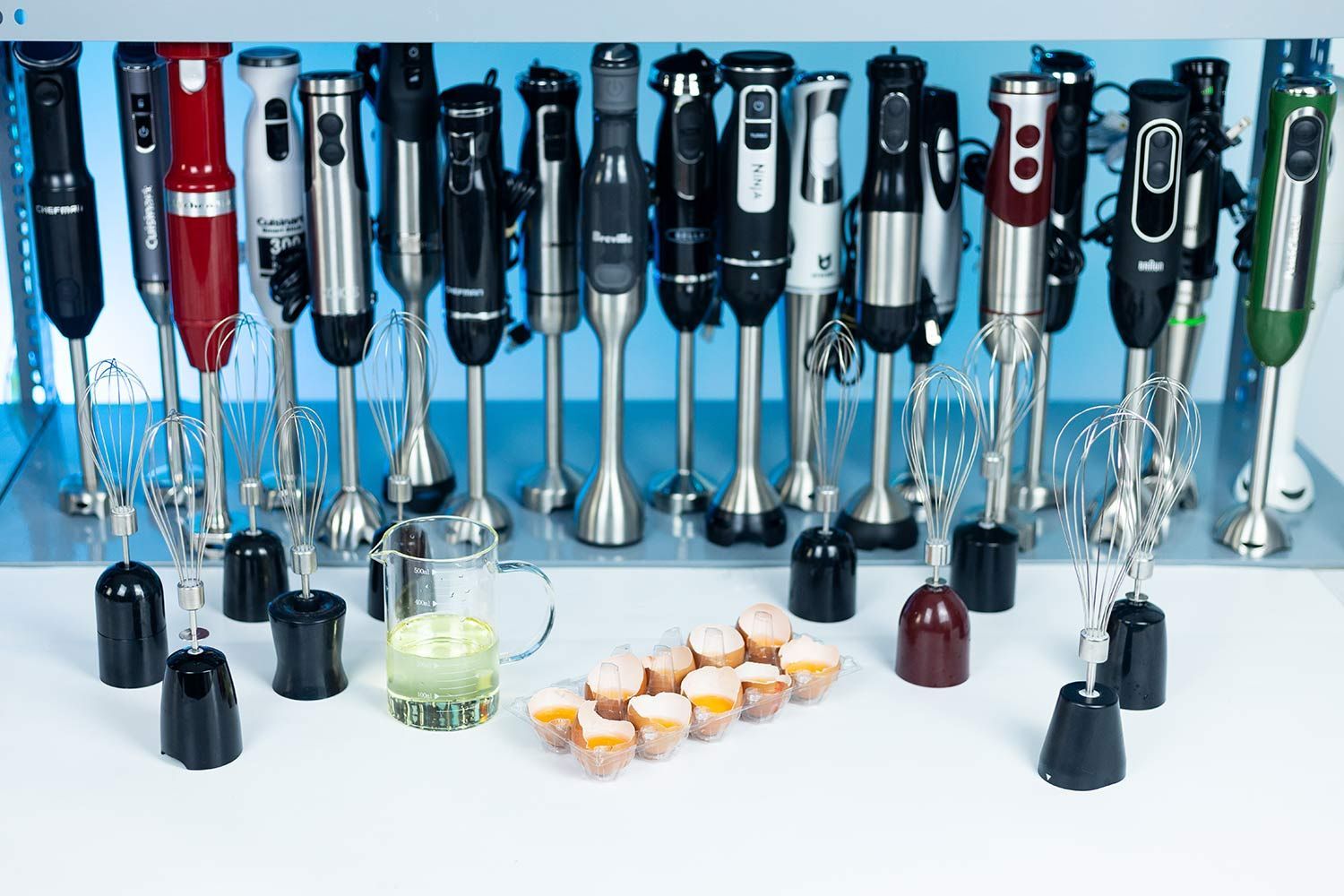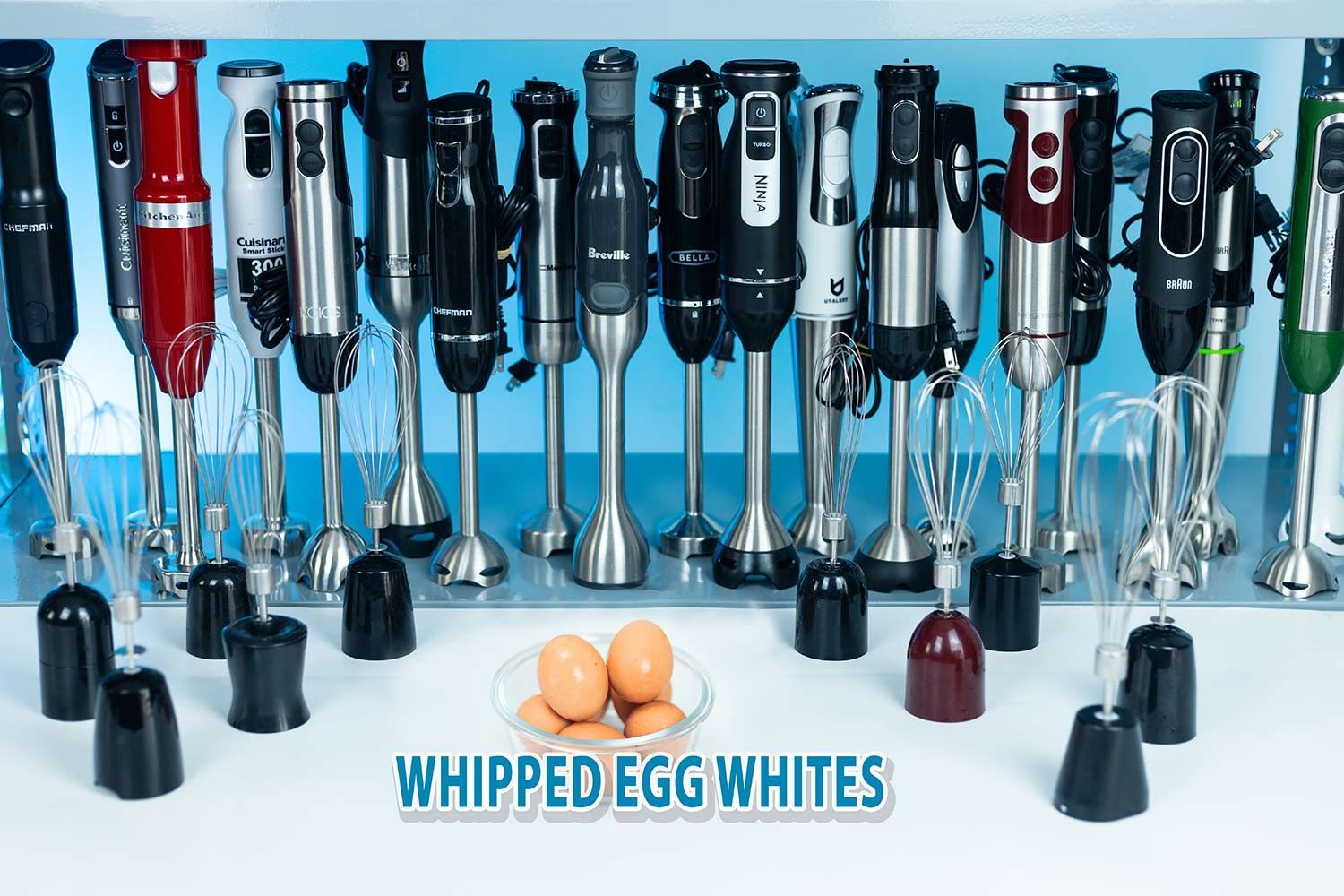Our recommendations are made independently. We may receive commissions from purchases made via our links.
Frozen Fruit Smoothie Test for Immersion Blenders
Our smoothie consisted of frozen fruits (mango and pineapple), kale, and water. The results would give us an idea of how long the job should take, how easy the machine was to use, and how smooth the resulting drink could be.
This test is part of How Shouldit Tests Immersion Blenders v1.0
Not all users want icy blends from their immersion blenders; some stick to fresh fruit smoothies for their higher nutritional value and sweeter flavor. However, we decided this test was worthwhile because any machine that can blend fiber and solid ingredients won’t have any trouble making other fruity drinks. And if you find a machine that can succeed here, this should be one of the most versatile immersion blenders.
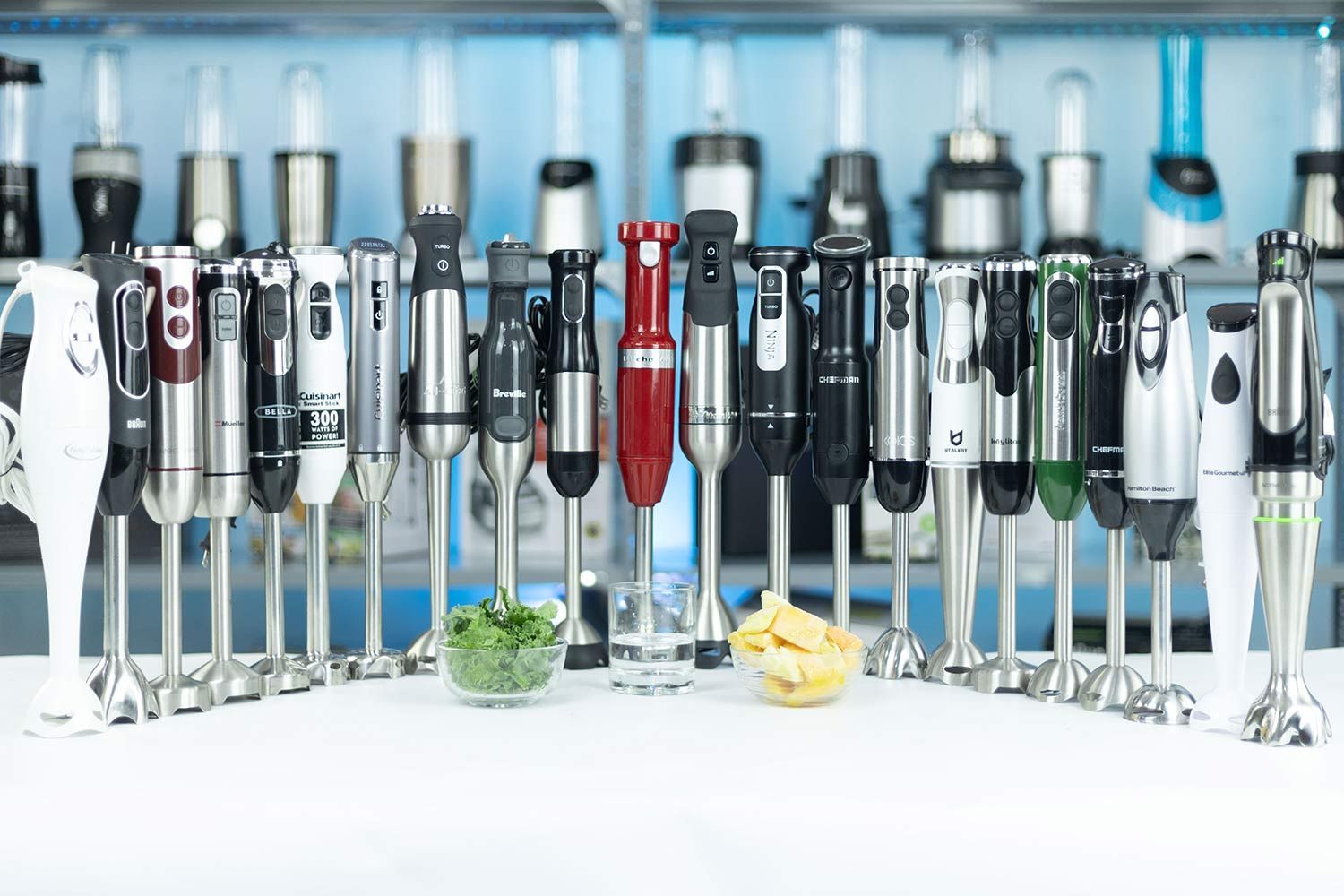
Why The Test Matters
Our smoothie consisted of frozen fruits (mango and pineapple), kale, and water. The results would give us an idea of how long the job should take, how easy the machine was to use, and how smooth the resulting drink could be.
Initially, we used ice cubes instead of liquid as we presumed such solid ingredients would be a real challenge for even powerful blenders, thus helping us to get a clearer picture of each machine’s effectiveness. Whereas, using liquid would be conducive to smoother operation and might, thus, mask some important differences between the blenders. It could potentially prevent us from sniffing out problems that tend to crop up under heavy-duty use as well.
However, very few contenders could pass this test; most found it impossible to power through whole ice cubes. Even a heavy-duty hand blender like the Vitamix 5-speed had to put in an intense effort toward doing so. As such, for smoothie-making, we could barely determine the effectiveness of each machine. And this made it very difficult for us to clarify how each blender outperformed the others.
Actually, that was not quite so surprising since immersion blenders are not designed for crushing ice. If we had kept using that recipe, the results we would have gotten from our testing would have been entirely impractical to your buying decision.
Testing Recipe: 1 Serving
- 0.75 oz kale
- 3.5 oz frozen mango
- 3 oz frozen pineapple
- 3 ft oz water
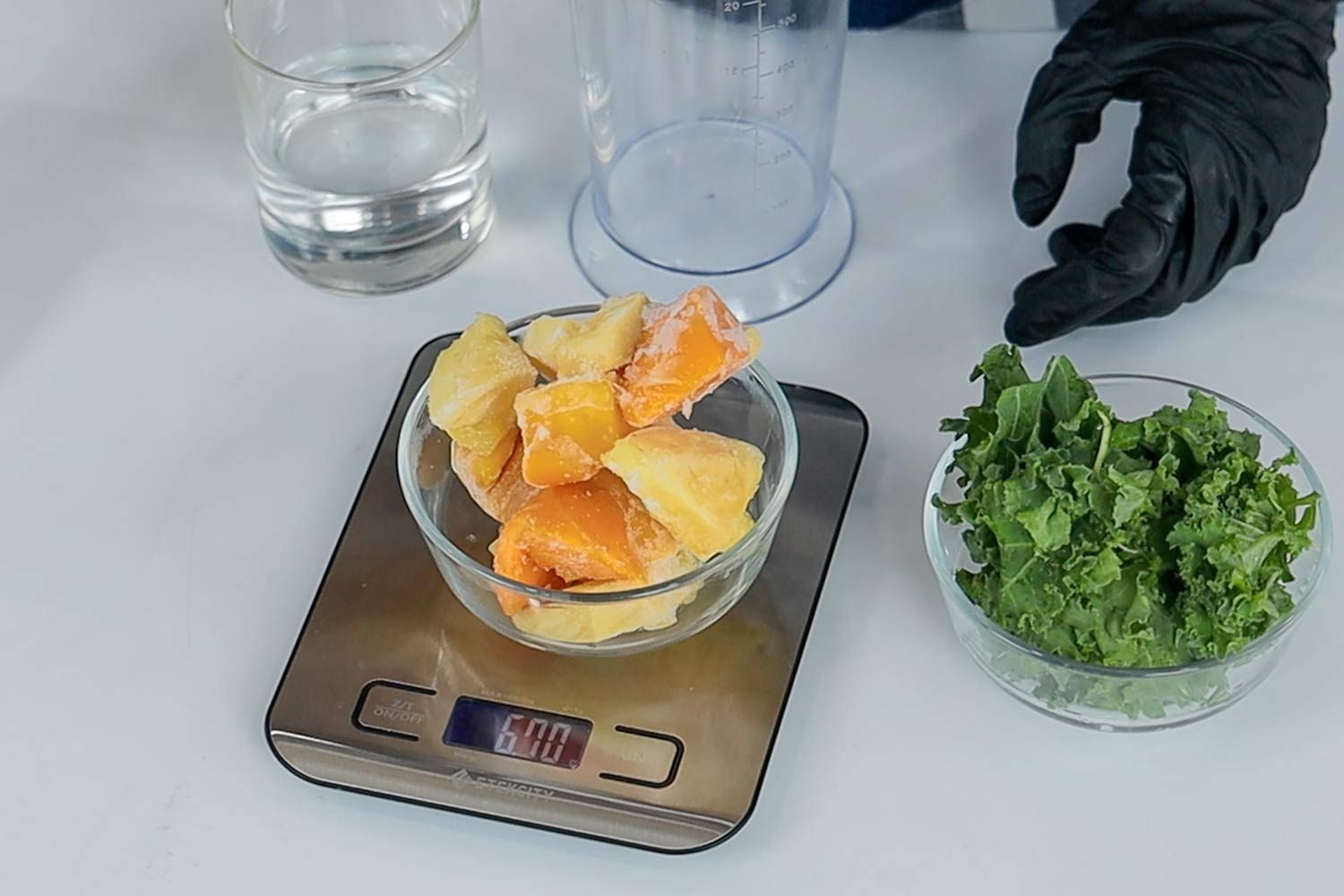
Testing Procedure
Our smoothies were blended in a 24-oz beaker. To ensure equal comparisons, we always added the ingredients in the following order: fruits, kale, and water.
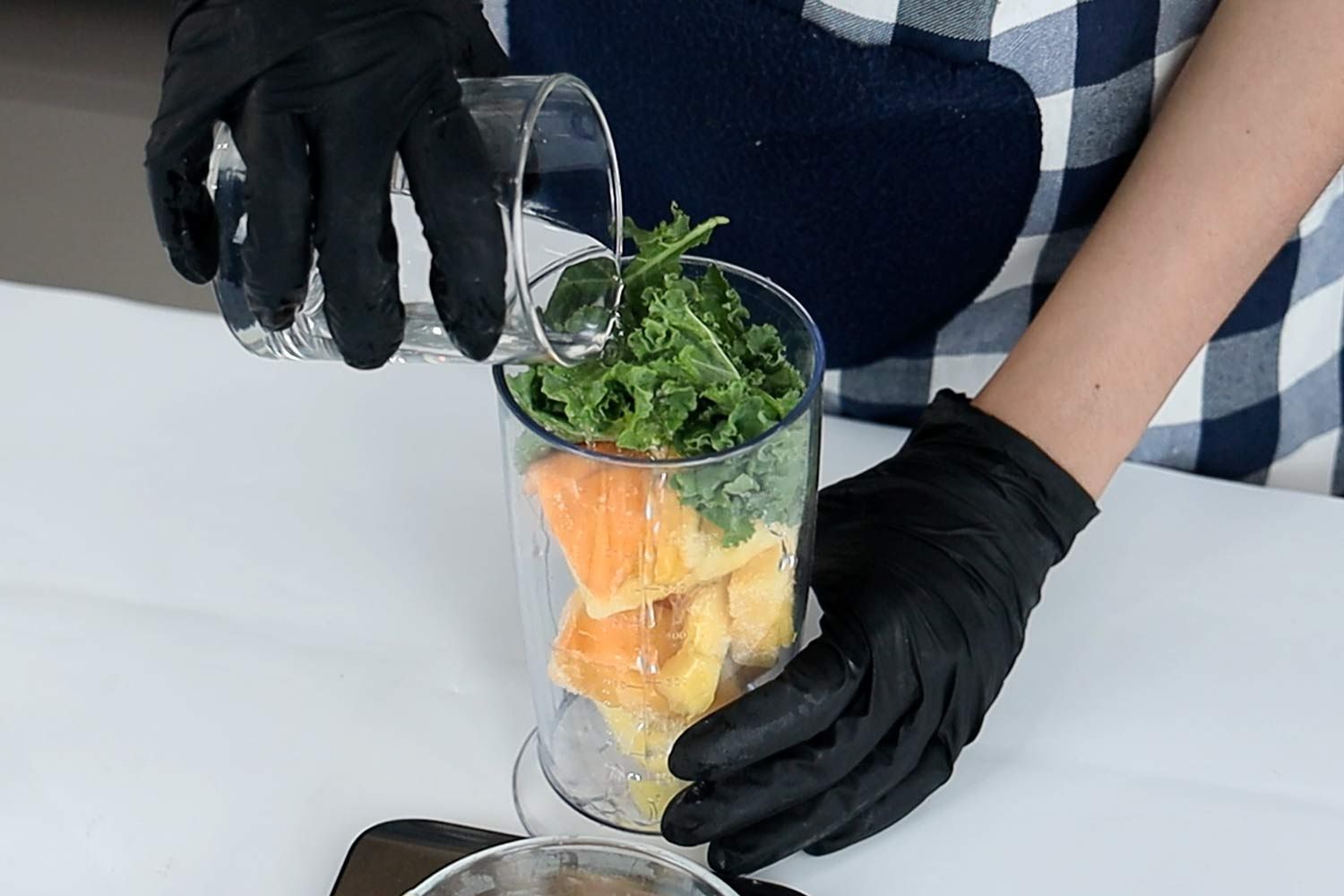
We began by running the blender at its lowest speed and then gradually increased to its highest speed. Note that it’s important to move the blending wand around, including up and down, to achieve the best consistency.
As recommended by our chef, we stopped blending after the first 30 seconds and used a spoon to check the smoothie’s consistency. If the drink was still grainy or leafy at that point, we continued blending until we got the best possible texture. Sometimes this required a little downtime to keep the motor from overheating.
Note: Before beginning the test, we checked the user manual for any instructions about using the blender with frozen fruit. If there was a device whose manual specifically stated not to try this sort of blend, we skipped the test considering that blender had failed it. We also awarded it zero points in this category.
Scoring Scale
We rated each blender’s performance on a 0-10 scale. The score was the average of two equally-weighted section scores: blending time and blended result.
Blending Time Score
The blending time score was calculated based on how long each blender took to yield a serving of smoothie. We allowed each blender up to three minutes worth of runtime. The test ended either when we hit that time limit or when the smoothie had reached the perfect consistency. Any blender that couldn’t reach the right consistency within 3 minutes would fail the test.
Here’s how our scoring breakdown was designed:
Scoring Breakdown
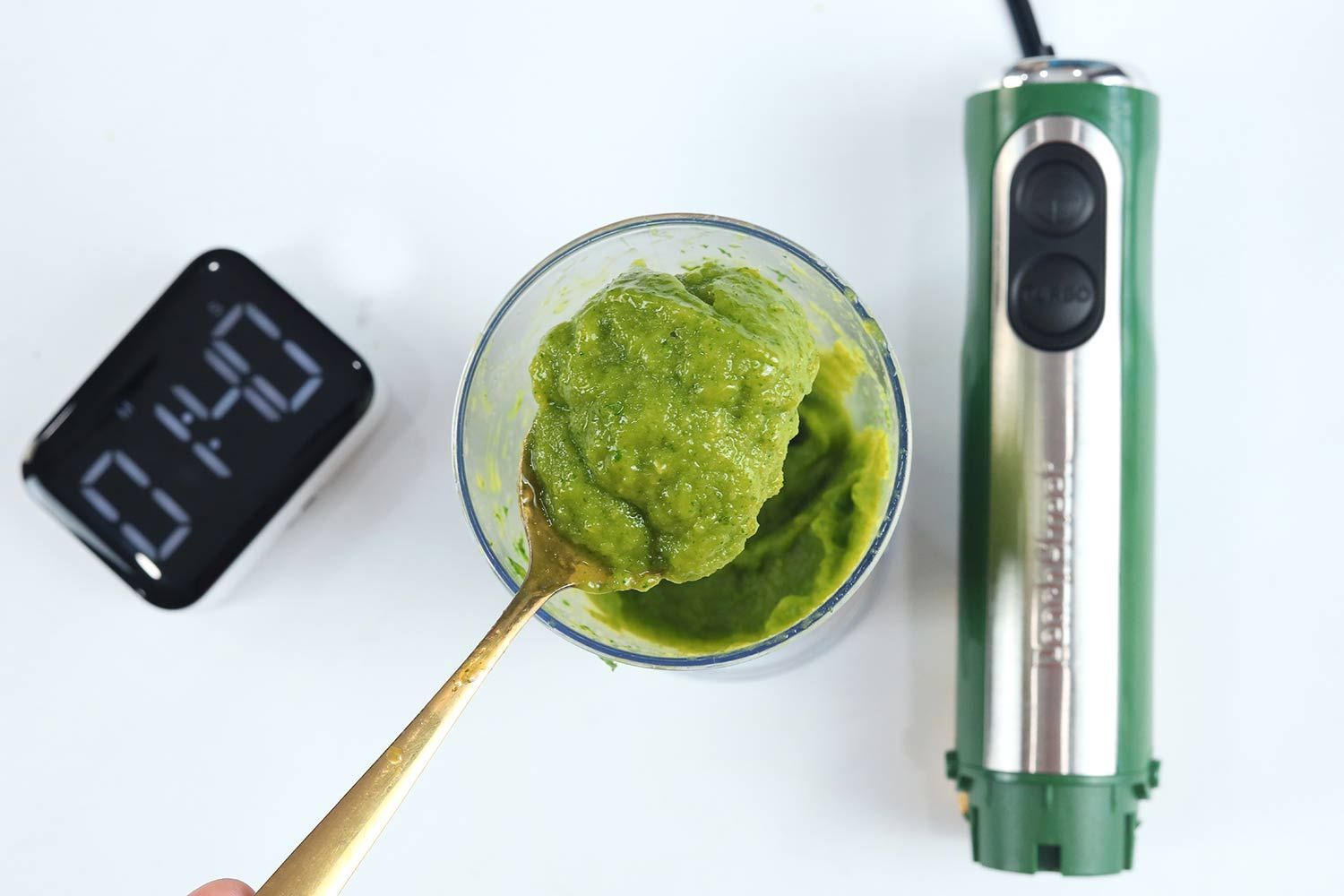
- ≤ 1 min: Not every immersion blender can handle the tough job of breaking down solid ingredients in a short amount of time. A good machine usually demands 90-120 seconds to yield a smooth texture. That's why we gave full marks to any blender that passed the test in under one minute.
- 1 min < 1 min 10 secs: 9 points
- 1 min 10 secs < 1 min 20 secs: 8 points
- 1 min 20 secs < 1 min 30 secs: 7 points
- 1 min 30 secs < 1 min 40 secs: 6 points
- 1 min 40 secs < 1 min 50 secs: 5 points
- 1 min 50 secs < 2 mins: 4 points
- 2 mins < 2 mins 10 secs: 3 points
- 2 mins 10 secs < 2 mins 20 secs: 2 points
- 2 mins 20 secs < 2 mins 30 secs: 1 point
- >2 mins 30 secs: 0 points
Note
Most immersion blenders can only run for a limited amount of time before needing to cool down. Such models usually demand a break every 50-60 seconds to protect their inner components from damage. The cool-down time is not included in the total blending time score but does affect the overall ease-of-use score.
Blended Result Score
The blended result score was marked out of 10 points based on one key evaluation criterion: texture. Once the machine finished blending, we stirred the smoothie using a spoon to check the smoothness and then awarded points accordingly. The results always fell into one of four textures: velvety, smooth, slightly coarse, chunky, and/or leafy.
Note: The smoothies' flavor wasn’t factored into the score. Each test used the same recipe so they should taste roughly the same.
Score Breakdown
- Velvety: We awarded 9.5 - 10 points for smoothies with a superior silky texture — the ones with no unprocessed food remaining.

- Smooth: These smoothies blended evenly but still bore a few tiny fruit chunks. We awarded them 8 - 9 points.
- Slightly coarse: The blender didn't fully liquefy the ingredients, causing its smoothie to look grainy or lumpy. We awarded it 7 - 7-5 points in this case.
- Chunky and/or Leafy: If the blender ended up with large chunks of unprocessed fruits and/or kale, we gave it no more than 7 points, depending on the shape, size, and amount of chunks.
